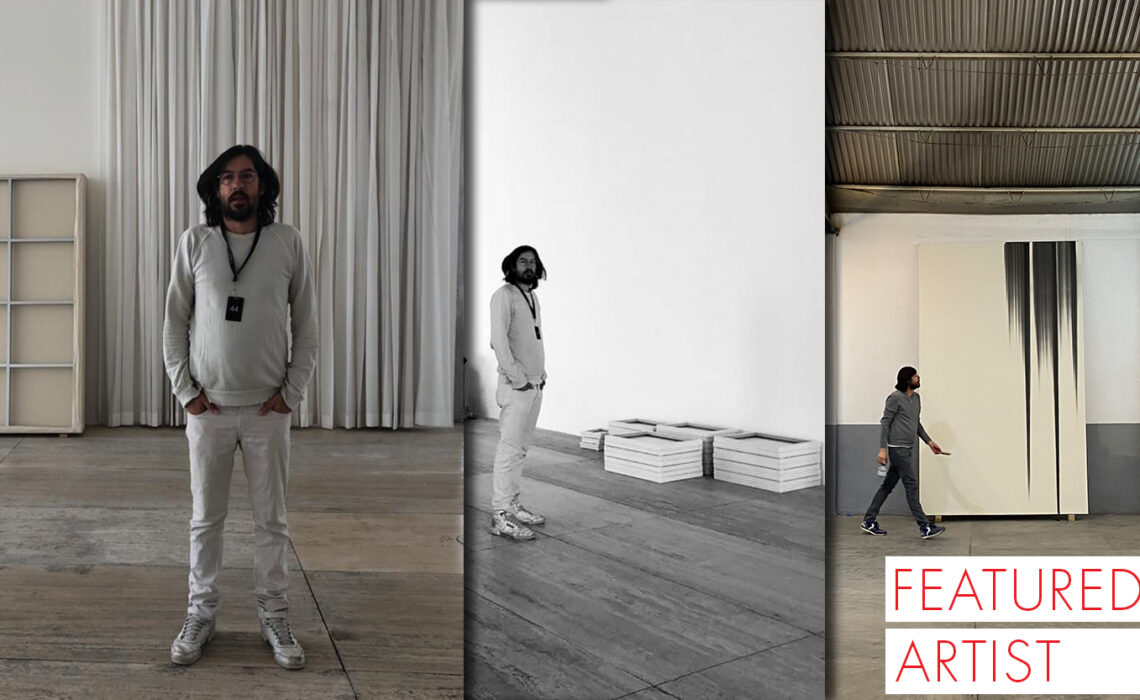
Interview with Mario García Torres
By Andrea Cuevas
Museo Jumex is presenting an experimental project which seeks to explore the role of the museum and art institutions in the midst of a global crisis. While the museum is closed due to the Coronavirus quarantine, Mexican artist Mario García Torres occupies one of the museum’s galleries as his private studio to produce a series of paintings. The public is able to see Mario’s process through a daily streaming available at the museum’s web page, and some video interviews are taking place as part of the public program of the exhibition. The outcomes of this creative process will be part of an exhibition for only one visitor.
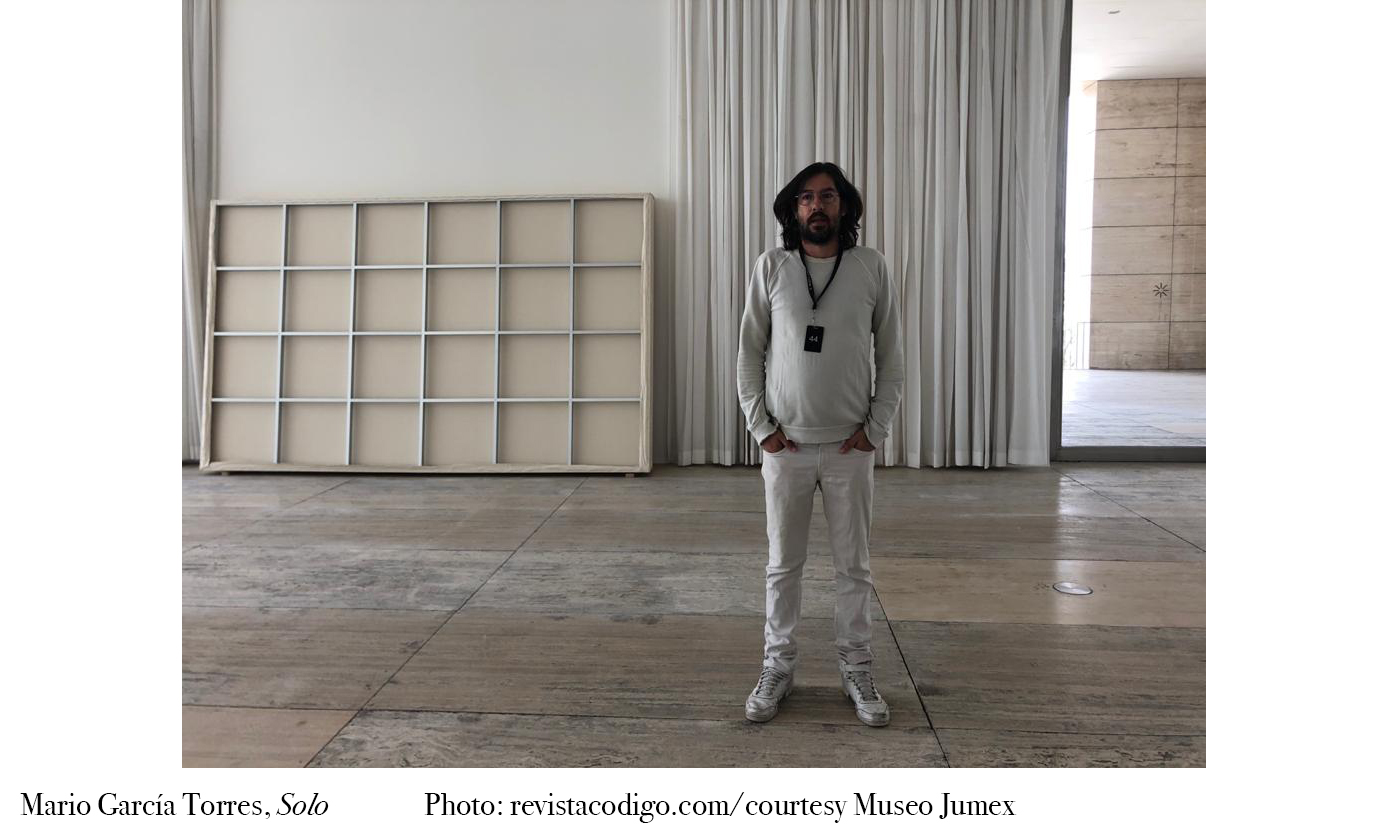
Andrea Cuevas: One of the incentives of this project, as you mentioned in the press conference, was your interest in giving continuity to a certain normality and in refusing to allow museums to close, under the idea that social life needs art and culture. In this sense, what does the idea of a living museum (as you have named it) represent for you today?
Mario García Torres: I believe that art and culture have been very important during the confinement, they have been a tool that has helped us enormously to emotionally cope with these confinements. I imagine that your question is related more to the One on One Program than to the Jumex Museum project, because they are similar but each one has its answer. The One on One Program proposes to use the museum infrastructure in Mexico to provide a space for personal introspection. The Jumex project is a reaction / proposal to maintain the activities of the museum. Unlike most institutions published past projects online, in this project we wanted to achieve a specific action, and give access from the cameras in real time.
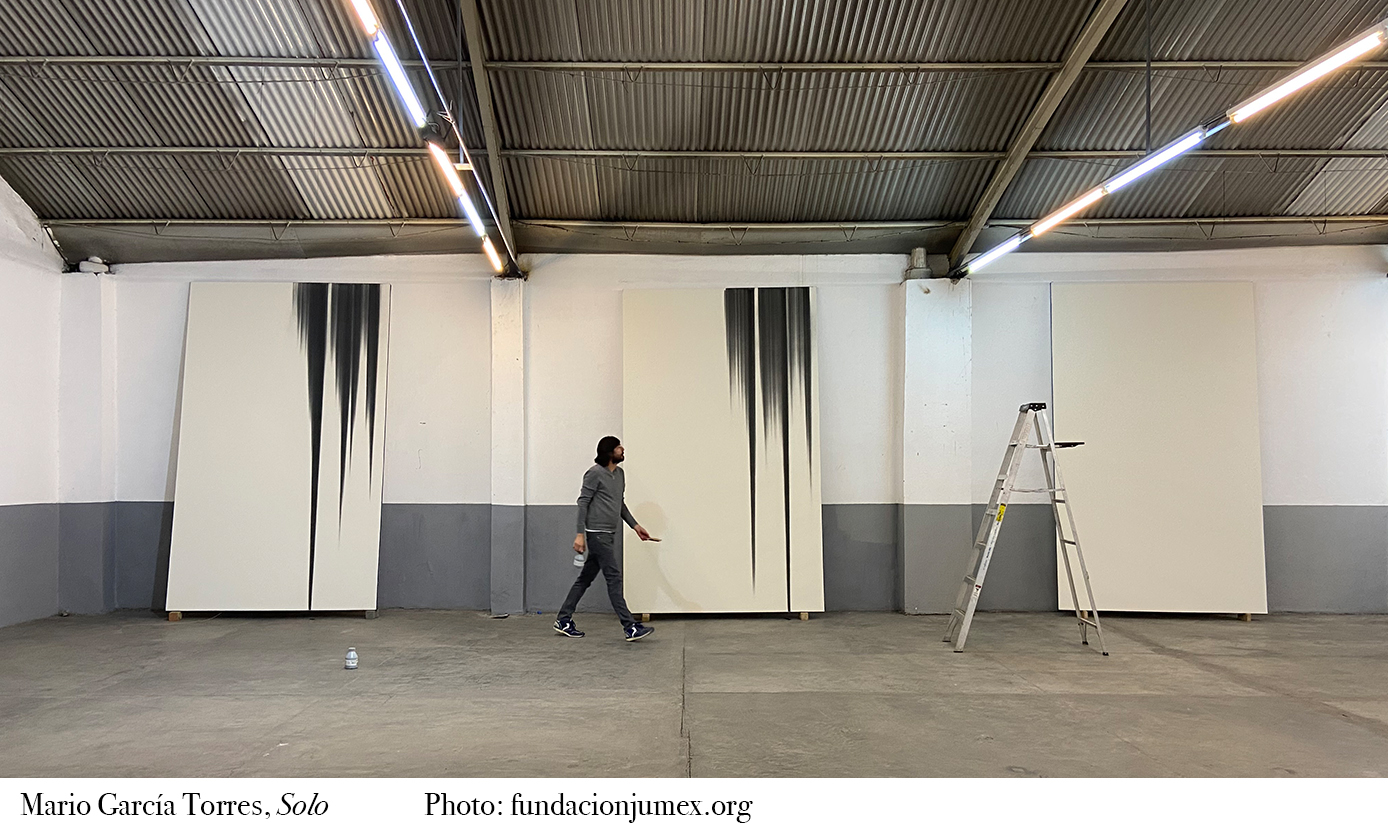
A.C: In this sense, the museum remains active because you occupy it as a kind of space for thought and production. Beyond the monitoring that the public can do through the live broadcast, how is a living museum built for the public?
M.G.T: I think that while we are generating a new exhibition the museum is active. It is one way of doing it, but surely there are many others.
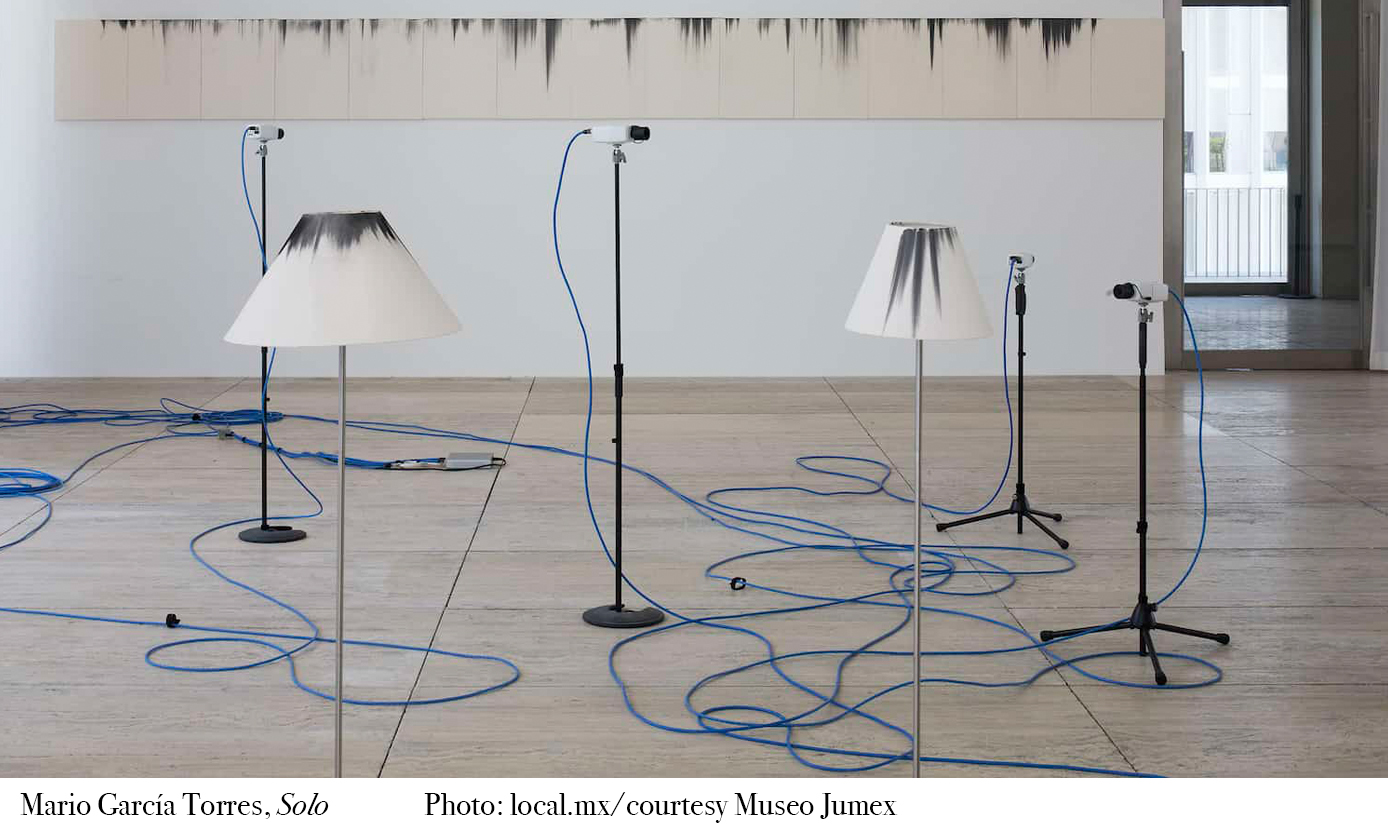
M.G.T: There are many ways to interact in a museum with the works of art on display. Not all require interactive participation. On the one hand, this project proposes a non-physical participation, which may be closer to contemplation. But it also proposes a number of talks that aim to open a public discussion. In this sense, it encourages different types of participation, taking into account the new rules. Although the initiative has limitations, I think it is better to keep the museum active in this way.
A.C: How do you conceive of the artist’s relationship with the museum and the public’s relationship with the museum?
M.G.T: The relationship between artists and museums is always complicated, there is always a negotiation in which the rules of the game are discussed. My relationship with the Jumex Museum has been one of the least complicated I have had in my career. I see the Jumex Museum as an institution that is 100% on the artist’s side. During these weeks I have had many interactions and discussions about the project, with the general public and with a specialized public, including people from the press. It has been a very enriching relationship for me. I find difficult to know the relationship on the other side. As part of the public, I think the Jumex Museum has been immensely generous in the exhibits it has presented.
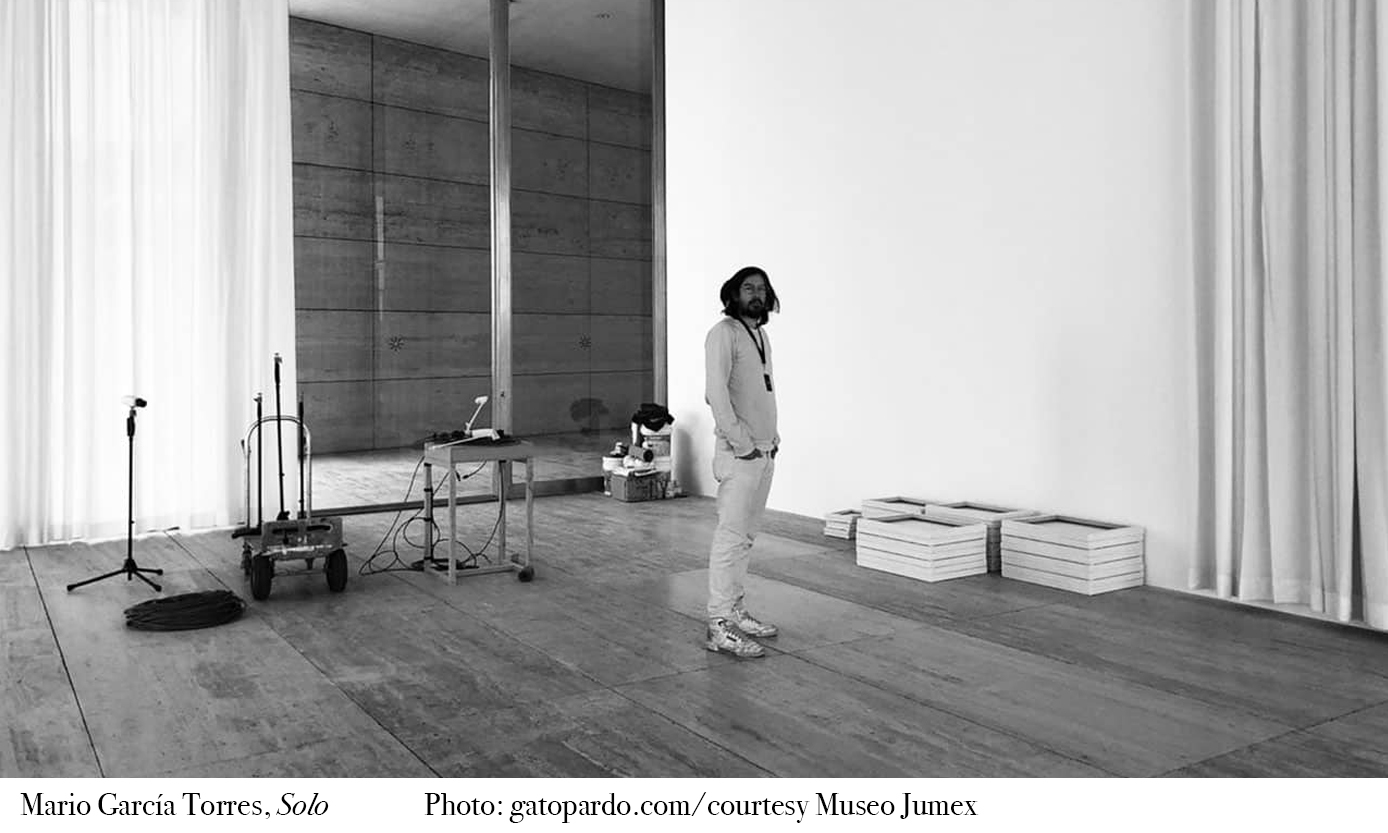
M.G.T: At the beginning of the project I was more aware of their presence. But little by little I forgot about them. I am the only one who appears in this transmission, but I also decide for myself where they are going and what appears in them. One becomes part of them…


